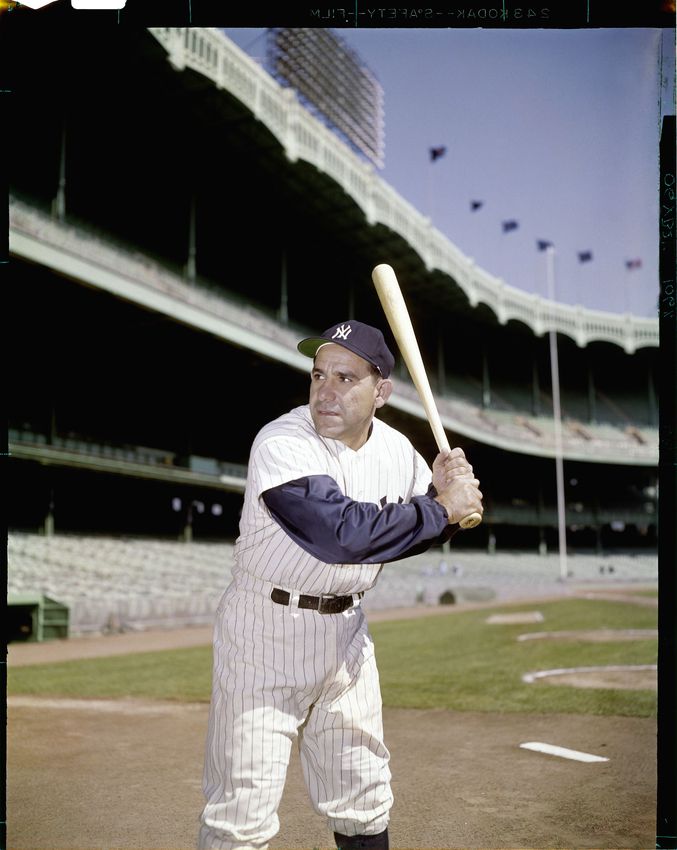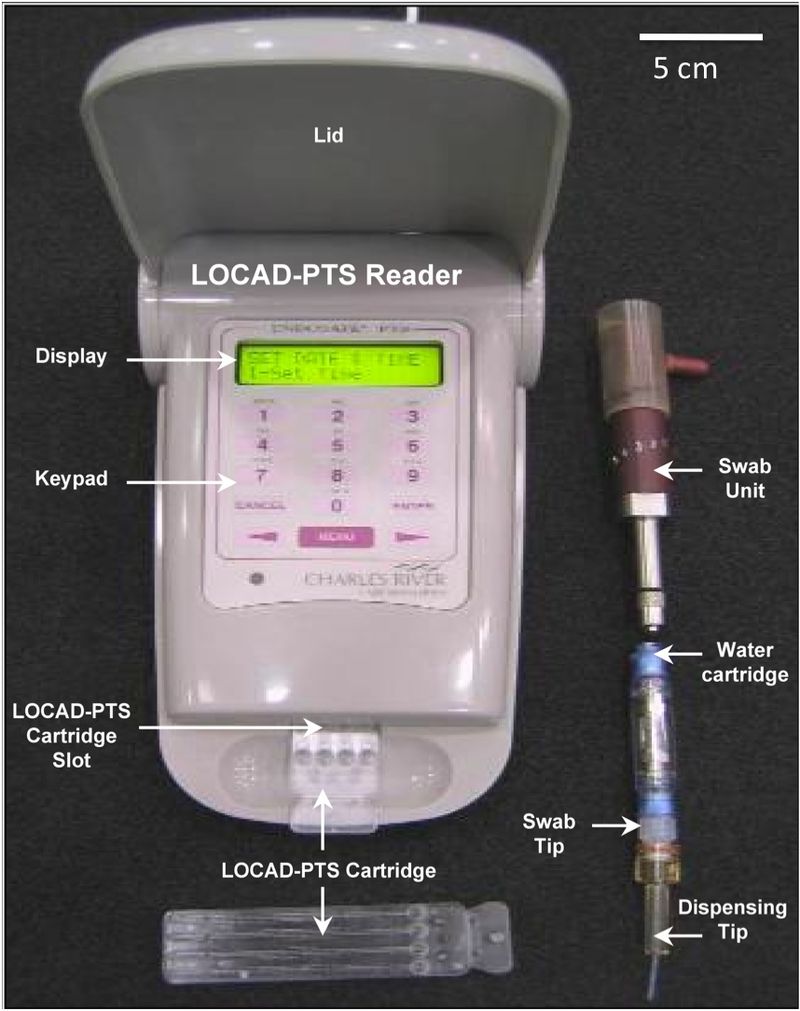J.D. Salinger

The author of one of the most famous books “Catcher in the rye”
Salinger was assigned to a counter-intelligence division, for which he used his proficiency in French and German to interrogate prisoners of war.In April 1945 he entered a liberated concentration camp, probably one of Dachau’s sub-camps.Salinger earned the rank of Staff Sergeant and served in five campaigns.Salinger’s experiences in the war affected him emotionally. He was hospitalized for a few weeks for combat stress reaction after Germany was defeated, and he later told his daughter: “You never really get the smell of burning flesh out of your nose entirely, no matter how long you live.” Both of his biographers speculate that Salinger drew upon his wartime experiences in several stories, such as “For Esmé—with Love and Squalor”, which is narrated by a traumatized soldier. Salinger continued to write while serving in the army, publishing several stories in slick magazines such as Collier’s and The Saturday Evening Post. He also continued to submit stories to The New Yorker, but with little success; it rejected all of his submissions from 1944 to 1946, a group of 15 poems in 1945 alone
After Germany’s defeat, Salinger signed up for a six-month period of “Denazification” duty in Germany for the Counterintelligence Corps.
Beatrice Arthur

Actress mainly known for he role as Dorothy in “the Golden Girls” During World War II, she worked as a truck driver and typist in the United States Marine Corps Women’s Reserve, receiving an Honorable Discharge in September 1945.
Arthur C. Clarke

Sir Arthur Charles Clarke, CBE, FRAS (16 December 1917 – 19 March 2008) was a British science fiction writer, science writer and futurist, inventor, undersea explorer, and television series host.
He is perhaps most famous for being co-writer of the screenplay for the movie 2001: A Space Odyssey, widely considered to be one of the most influential films of all time.

During the Second World War from 1941 to 1945 he served in the Royal Air Force as a radar specialist and was involved in the early-warning radar defence system, which contributed to the RAF’s success during the Battle of Britain. Clarke spent most of his wartime service working on ground-controlled approach (GCA) radar.. Although GCA did not see much practical use during the war, it proved vital to the Berlin Airlift of 1948–1949 after several years of development. Clarke initially served in the ranks, and was a corporal instructor on radar at No. 2 Radio School, RAF Yatesbury in Wiltshire. He was commissioned as a pilot officer (technical branch) on 27 May 1943.He was promoted flying officer on 27 November 1943.He was appointed chief training instructor at RAF Honiley in Warwickshire and was demobilised with the rank of flight lieutenant.
David Niven

James David Graham Niven (1 March 1910 – 29 July 1983)was an English actor and novelist. His many roles included Squadron Leader Peter Carter in A Matter of Life and Death, Phileas Fogg in Around the World in 80 Days, and Sir Charles Lytton, (“the Phantom”) in The Pink Panther. He won the Academy Award for Best Actor for his performance in Separate Tables (1958).
After Britain declared war on Germany in 1939, Niven returned home and rejoined the British Army. He was alone among British stars in Hollywood in doing so; the British Embassy advised most actors to stay.Niven was recommissioned as a lieutenant into the Rifle Brigade (Prince Consort’s Own) on 25 February 1940,and was assigned to a motor training battalion.

He wanted something more exciting, however, and transferred into the Commandos. He was assigned to a training base at Inverailort House in the Western Highlands. Niven later claimed credit for bringing future Major General Sir Robert E. Laycock to the Commandos. Niven commanded “A” Squadron GHQ Liaison Regiment, better known as “Phantom”. He worked with the Army Film Unit. He acted in two films made during the war, The First of the Few(1942) and The Way Ahead (1944). Both were made with a view to winning support for the British war effort, especially in the United States. Niven’s Film Unit work included a small part in the deception operation that used minor actor M.E. Clifton James to impersonate General Sir Bernard Montgomery. During his work with the Film Unit, Peter Ustinov, though one of the script-writers, had to pose as Niven’s batman. (Ustinov also acted in The Way Ahead.) Niven explained in his autobiography that there was no military way that he, as a lieutenant-colonel, and Ustinov, who was only a private, could associate, other than as an officer and his subordinate, hence their strange “act”. Ustinov later appeared with Niven in Death on the Nile (1978).
Niven took part in the Allied invasion of Normandy in June 1944, although he was sent to France several days after D-Day. He served in the “Phantom Signals Unit,” which located and reported enemy positions, and kept rear commanders informed on changing battle lines. Niven was posted at one time to Chilham in Kent. He remained close-mouthed about the war, despite public interest in celebrities in combat and a reputation for storytelling. He once said:
I will, however, tell you just one thing about the war, my first story and my last. I was asked by some American friends to search out the grave of their son near Bastogne. I found it where they told me I would, but it was among 27,000 others, and I told myself that here, Niven, were 27,000 reasons why you should keep your mouth shut after the war.
Yogi Berra

Lawrence Peter “Yogi” Berra (May 12, 1925 – September 22, 2015) was an American professional baseball catcher, manager, and coach who played 19 seasons in Major League Baseball.
During World War II, Berra served in the U.S. Navy as a gunner’s mate on the attack transport USS Bayfield during the D-Day invasion of France.

A Second Class Seaman, Berra was one of a six-man crew on a Navy rocket boat, firing machine guns and launching rockets at the German defenses at Omaha Beach. He was fired upon, but was not hit, and later received several commendations for his bravery. During an interview on the 65th Anniversary of D-Day, Yogi confirmed that he was sent to Utah Beach during the D-Day invasion as well.
Gene Roddenberry

Eugene Wesley “Gene” Roddenberry (August 19, 1921 – October 24, 1991) was an American television screenwriterand producer. He is best remembered for creating the original Star Trek television series.

Born in El Paso, Texas, Roddenberry grew up in Los Angeles, where his father was a police officer. Roddenberry flew eighty-nine combat missions in the Army Air Forces during World War II, and worked as a commercial pilot after the war.
He enlisted with the USAAC on December 18, 1941. He graduated from the USAAC on August 5, 1942, when he was commissioned as a second lieutenant.
He was posted to Bellows Field, Oahu, to join the 394th Bomb Squadron, 5th Bombardment Group, of the Thirteenth Air Force, which flew the Boeing B-17 Flying Fortress.

On August 2, 1943, while flying out of Espiritu Santo, the plane Roddenberry was piloting overshot the runway by 500 feet (150 m) and impacted trees, crushing the nose, and starting a fire, killing two men. The official report absolved Roddenberry of any responsibility.Roddenberry spent the remainder of his military career in the United States,and flew all over the country as a plane crash investigator. He was involved in a further plane crash, this time as a passenger. He was awarded the Distinguished Flying Cross and the Air Medal.
































































You must be logged in to post a comment.